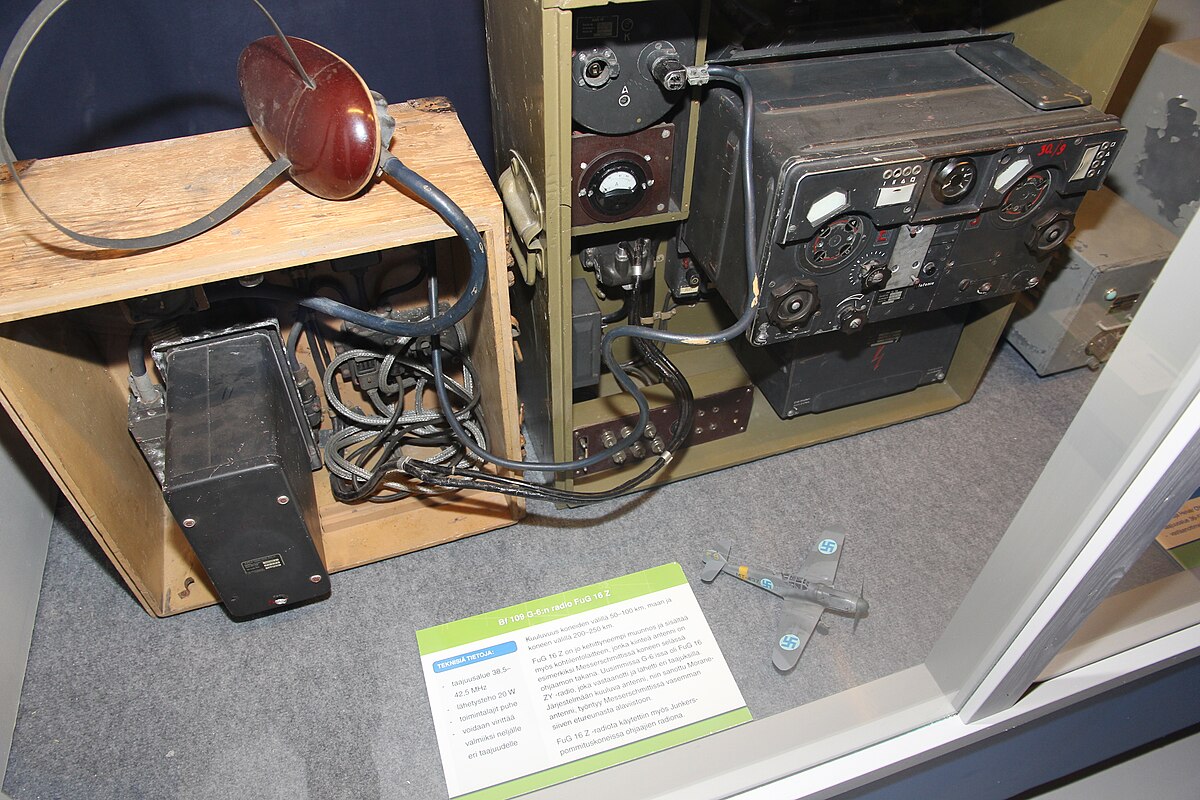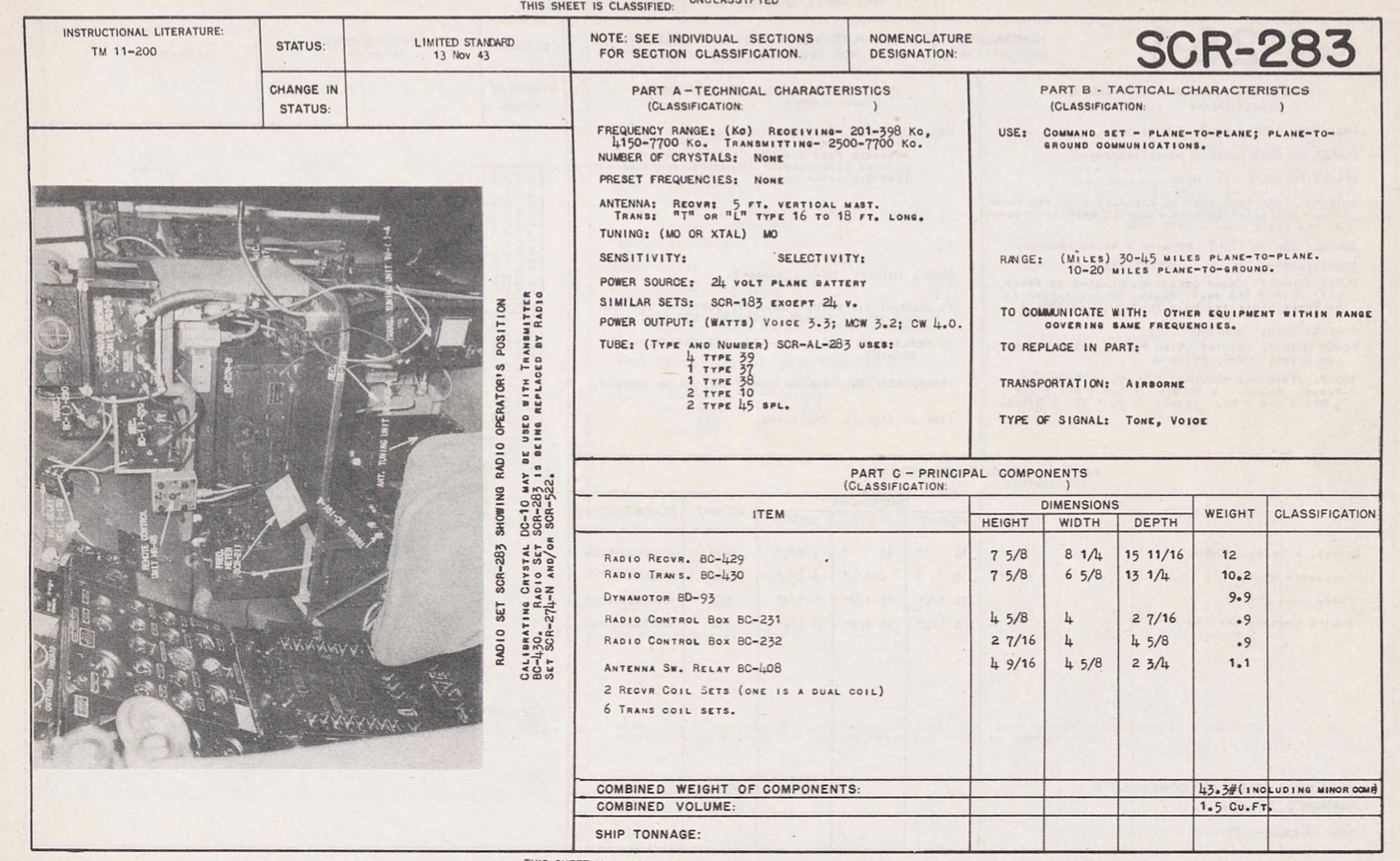Ok, finished my summer classes so now I can come back to this.
@CalBear , care to offer an opinion if you have time? You're the expert on this sort of thing around here. Could the Japanese have licensed carriers to the Germans?
No doubt Japanese WWII naval architecture left some stuff to be desired, but it's a pretty big stretch to say it's worse than the
Graf Zeppelin. That thing was a pile of crap. Permanent list to the side because some idiot put a heavy pair of guns on it, could hold half as many aircraft as the
Soryu, twice the tonnage for the same capability...for all the Soryu's issues, the Japanese managed to at least create a useful asset that they got decent mileage out of. Even if the
Graf Zeppelin had been completed, the list would have made it almost unusable for flight ops and even if it was it would have been a fleet carrier sized ship with an escort carrier sized load of planes. Usable trumps unusable.
What basis do you have for saying that it was a far inferior fighter to a Wildcat? I'm skeptical of that purely because the British had Wildcats (well, they called them Martlets) and they weren't used to slaughter Bf-109s en masse. The Bf-109T was an adapted E series, which had about the same performance as the Wildcat in most key respects. Very slightly higher maximum speed, slightly lower maximum service ceiling, and I'm pretty sure the maneuverability was comparable.
You sure? The Fi-167 was reported to have excellent handling characteristics, could approach at a very low speed, and it had fairly wide fixed landing gear, at least comparable to that of a Swordfish, which had no such issues. From what I understand, the hover was a maneuver that the pilot could perform, but it didn't do that involuntarily or uncontrolled.

